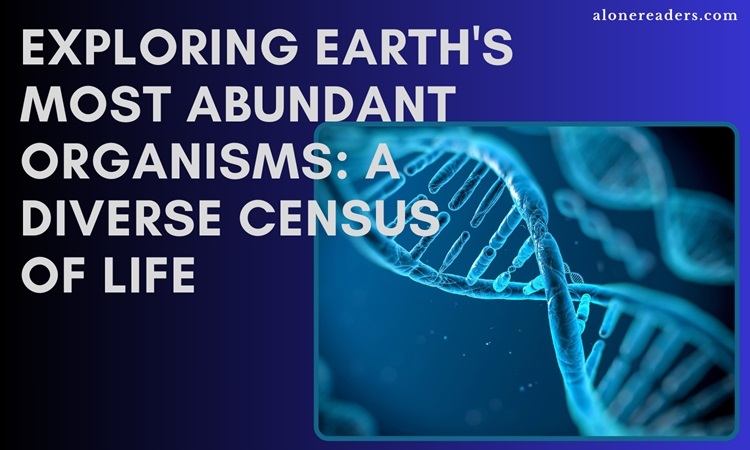
The Earth's web of life is a spectacular tapestry of diverse species, each playing a unique role in the grand narrative of nature. This fascinating journey takes us through the most numerous organisms on our planet, examining their contributions and the complexities involved in estimating their populations.
Humans are arguably the most populous mammal on Earth. As of 2011, our numbers reached nearly 7 billion, surpassing many other mammalian species. The close runners-up in this category are the brown rat (Rattus norvegicus) and the house mouse (Mus domesticus), whose evolutionary trajectories and global distribution are intimately tied to human civilization. However, the exact numbers for these species remain elusive, as their census is far from practical.
When it comes to insects, ants take the crown for being the most numerous. With approximately 10,000 ant species and an estimated global population of 10–100 trillion, ants are a dominant force in many ecosystems. While springtails (Collembola) previously held this distinction, they have since been reclassified into a broader subphylum, which includes both insects and other organisms.
Birds, the majestic rulers of the skies, are estimated to have a global population of around 50 billion across 10,000 different species. The red-billed quelea (Quelea quelea), native to a large part of Africa, is considered the most numerous bird species. Their population, fluctuating between 1 to 10 billion, varies seasonally. These birds, while only distantly related to finches and sparrows, share a similar appearance and are known for their large, migratory flocks.
Reptiles may not match the sheer numbers of other groups but are nonetheless significant, with over 10,000 species globally. For instance, in the Mojave Desert alone, three common lizard species collectively boast a population of 82 million. The viviparous lizard, found across Europe and Asia, is known for its ability to bear live young, a rare trait in reptiles. Similarly, the numerous species of garter snakes in North America represent a considerable portion of the reptilian population.
Copepods, tiny crustaceans found in both freshwater and saltwater, are likely the most numerous multicellular organisms on Earth. With nearly 12,000 species, these minute, vase-shaped animals play crucial roles in aquatic ecosystems.
The fish kingdom, comprising around 32,000 species, has an estimated global population of 3.5 trillion. These creatures inhabit diverse environments, from deep ocean trenches to high-altitude streams. The bristlemouths, or light-fishes, are believed to be the most numerous vertebrates on Earth, surpassing even the prolific herring.
Frogs are likely the most numerous amphibians, with over 5,500 species in the order Anura. However, identifying the most populous species is challenging, as many are rare or confined to specific regions. The wood frog and the common frog, found in the northernmost parts of North America, are prime candidates for this title.
Estimating the numbers of many species, such as rodents, insects, birds, and reptiles, is a daunting task due to their elusive nature and challenging habitats. However, human perseverance shines through in our ongoing efforts to catalog and count every living being on our planet, regardless of their biological characteristics. This endeavor not only helps us understand our world better but also underscores the incredible diversity and complexity of life on Earth.